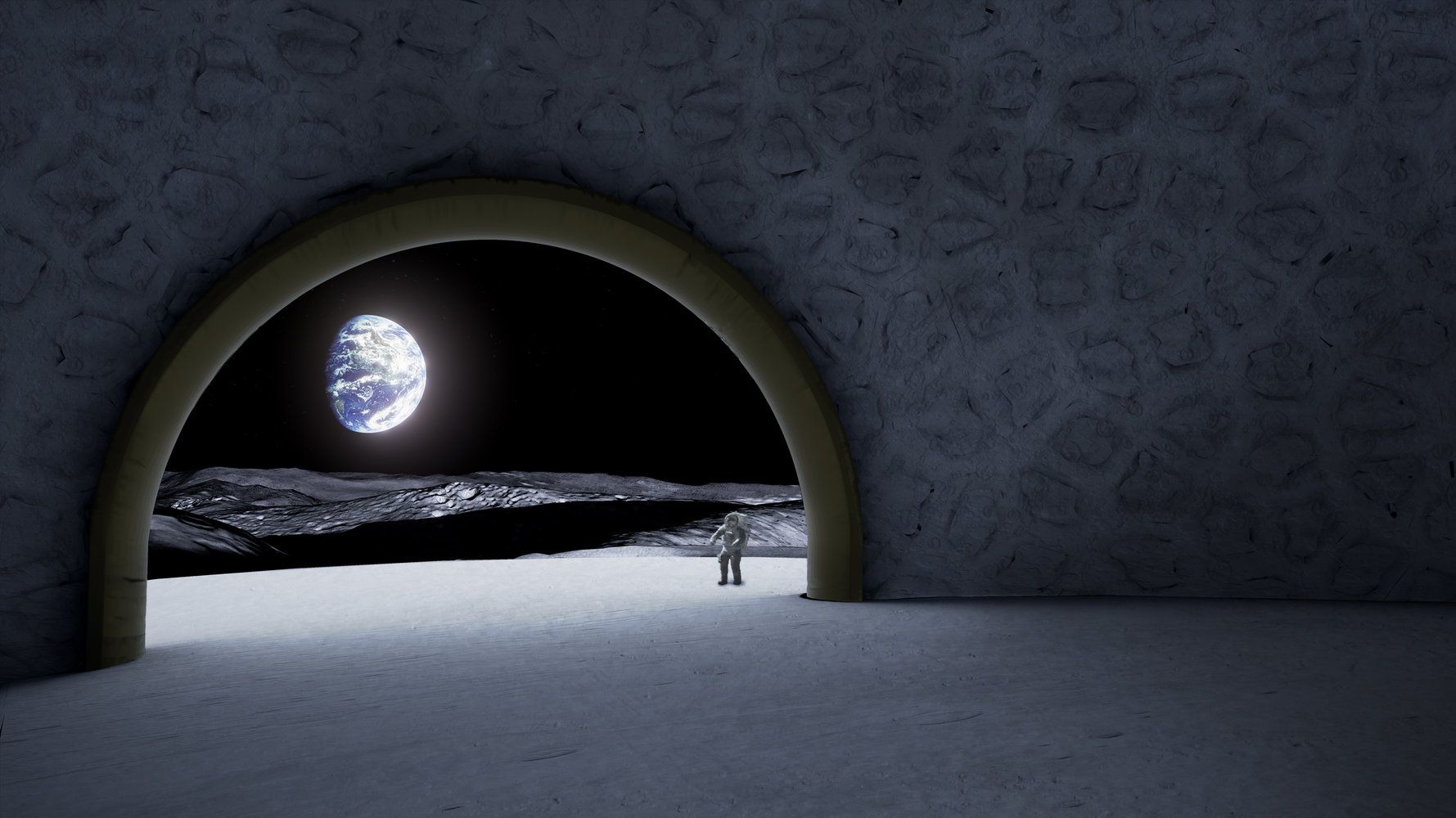Page 10101
Mar 28, 2017
I Took the AI Class Facebookers Are Literally Sprinting to Get Into
Posted by Alireza Mokri in categories: food, internet, mobile phones, robotics/AI
Chia-Chiunn Ho was eating lunch inside Facebook headquarters, at the Full Circle Cafe, when he saw the notice on his phone: Larry Zitnick, one of the leading figures at the Facebook Artificial Intelligence Research lab, was teaching another class on deep learning.
Ho is a 34-year-old Facebook digital graphics engineer known to everyone as “Solti,” after his favorite conductor. He couldn’t see a way of signing up for the class right there in the app. So he stood up from his half-eaten lunch and sprinted across MPK 20, the Facebook building that’s longer than a football field but feels like a single room. “My desk is all the way at the other end,” he says. Sliding into his desk chair, he opened his laptop and surfed back to the page. But the class was already full.
Internet giants have vacuumed up most of the available AI talent—and they need more.
Continue reading “I Took the AI Class Facebookers Are Literally Sprinting to Get Into” »
Mar 28, 2017
These 3 Companies Are Making Big Bets on Artificial Intelligence
Posted by Alireza Mokri in category: robotics/AI
With so many players jumping headlong into AI, it’s understandable that investors may not be aware of them all. Here are a few you may not know about.
Mar 28, 2017
Moon Temple: Art Project Probes Spiritual, Cultural Needs of Lunar Colony
Posted by Klaus Baldauf in category: space
Humanity’s first church on another world could be a dome perched on the rim of a huge crater near the moon’s south pole.
European Space Agency (ESA) artist-in-residence Jorge Mañes Rubio has drawn up plans for a “moon temple” that would help meet the spiritual, social and psychological needs of lunar settlers.
Those needs will likely be considerable, given that the pioneers will be isolated from the rest of humanity on a world hostile to life as we know it, Rubio said. [Visit the Moon Temple: Jorge Mañes Rubio’s Lunar Art in Pictures].
Mar 28, 2017
How to prepare for employment in the age of artificial intelligence
Posted by Alireza Mokri in categories: employment, robotics/AI
For centuries, humans have been fretting over “technological unemployment” or the loss of jobs caused by technological change. Never has this sentiment been accentuated more than it is today, at the cusp of the next industrial revolution.
With developments in artificial intelligence continuing at a chaotic pace, fears of robots ultimately replacing humans are increasing.
TNW Conference won best European Event 2016 for our festival vibe. See what’s in store for 2017.
Continue reading “How to prepare for employment in the age of artificial intelligence” »
Mar 28, 2017
Unraveling the Mysteries of Aging
Posted by Shailesh Prasad in categories: biotech/medical, life extension
Mar 28, 2017
Trump to unveil new White House office led by Jared Kushner
Posted by Derick Lee in categories: business, Elon Musk, government, law
The innovation office has a particular focus on technology and data, and it is working with such titans as Apple chief executive Tim Cook, Microsoft founder Bill Gates, Salesforce chief executive Marc Benioff, and Tesla founder and chief executive Elon Musk. The group has already hosted sessions with more than 100 such leaders and government officials.
The Office of American Innovation aims to overhaul government functions using ideas from the business sector. The president’s son-in-law will lead the Office of American Innovation, which wants to overhaul government by using ideas from the business sector.
Mar 28, 2017
Elon Musk launches Neuralink, a venture to merge the human brain with AI
Posted by Shailesh Prasad in categories: biological, Elon Musk, robotics/AI
SpaceX and Tesla CEO Elon Musk is backing a brain-computer interface venture called Neuralink, according to The Wall Street Journal. The company, which is still in the earliest stages of existence and has no public presence whatsoever, is centered on creating devices that can be implanted in the human brain, with the eventual purpose of helping human beings merge with software and keep pace with advancements in artificial intelligence. These enhancements could improve memory or allow for more direct interfacing with computing devices.
Musk has hinted at the existence of Neuralink a few times over the last six months or so. More recently, Musk told a crowd in Dubai, “Over time I think we will probably see a closer merger of biological intelligence and digital intelligence.” He added that “it’s mostly about the bandwidth, the speed of the connection between your brain and the digital version of yourself, particularly output.” On Twitter, Musk has responded to inquiring fans about his progress on a so-called “neural lace,” which is sci-fi shorthand for a brain-computer interface humans could use to improve themselves.

To address the unique needs of the world’s most complex industrial environments,
Airobotics has developed a platform that is fully automated, industrial grade, on-demand and multi-purpose.
Mar 27, 2017
Musk Is Preparing to Release “Brain Hacking Tech,” And He’s Not Alone
Posted by Klaus Baldauf in categories: biotech/medical, Elon Musk, robotics/AI
Today, Elon Musk stated that updates regarding his neural lace, which is meant to augment the human mind, are coming next month. In October, Bryan Johnson announced a $100 million investment to put computers in our brains. And so, a race is on to hack human intelligence.
The age of the machine is well underway, and there is a very good chance that humanity will be left behind. Artificial intelligence is beating us at poker. It is beating us at Go. It is saving lives by identifying diseases when human doctors fail. It is running our grocery stores. It is driving our cars. AI is even making other AI.
Soon, very soon, our computers will surpass us in every skill imaginable.
Continue reading “Musk Is Preparing to Release ‘Brain Hacking Tech,’ And He’s Not Alone” »

















